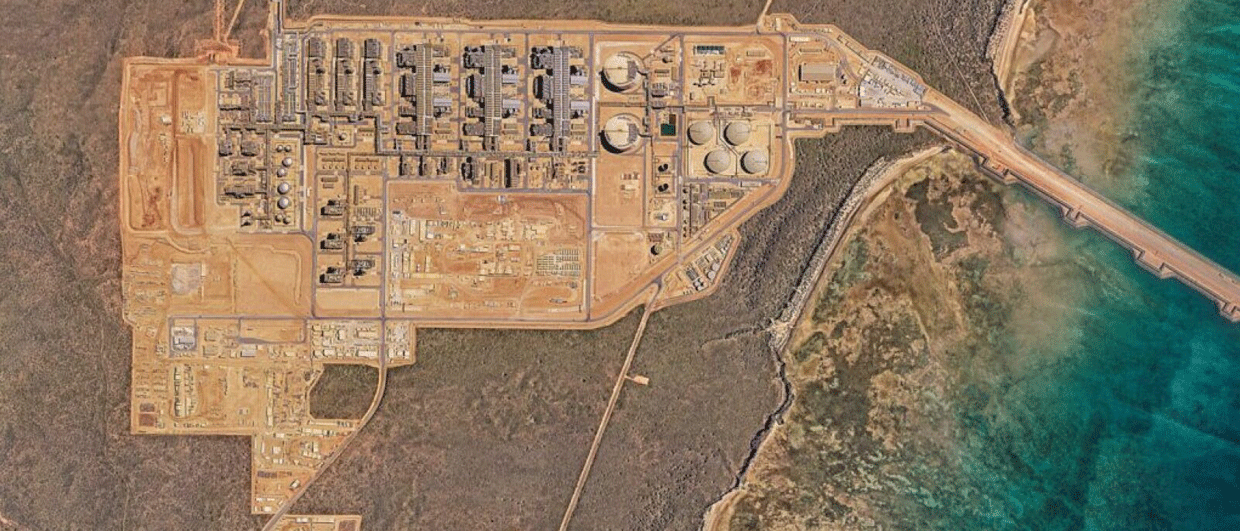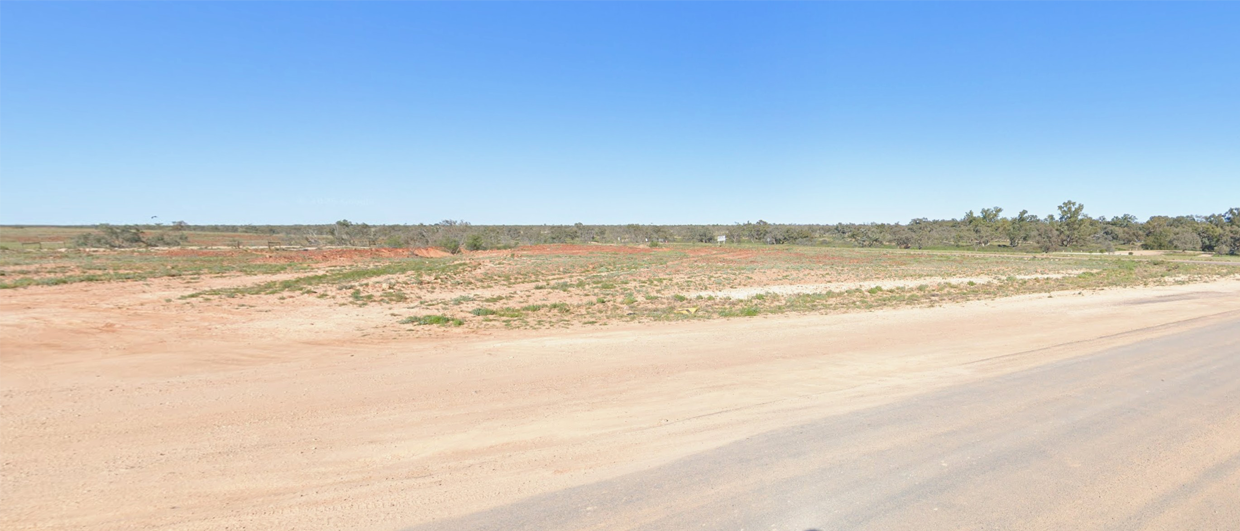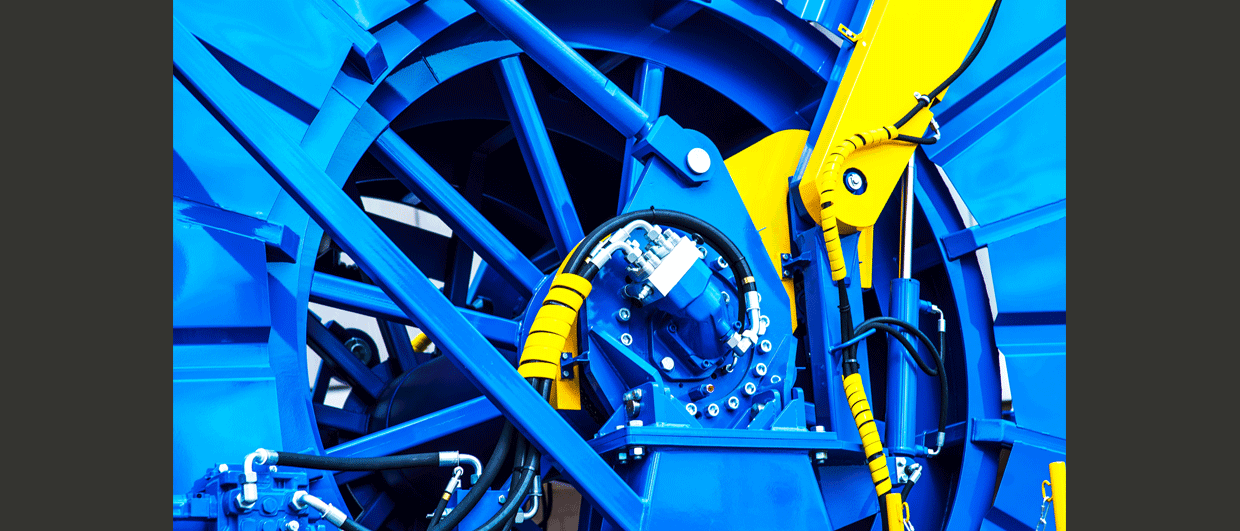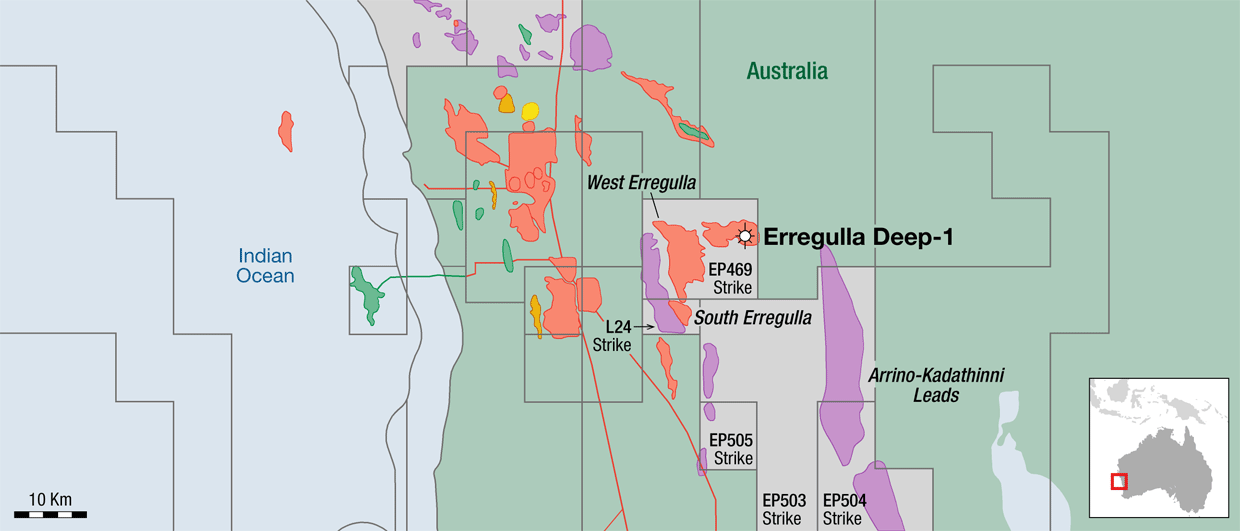“Every CO2 project will have its unique challenges”, said Chris Stavinoha from Chevron during his presentation at SEAPEX last month. And as he explained during his talk, Chevron’s Gorgon CO2 injection project in Australia has got its own share of issues too.
The site is located on a small island (Barrow Island) just off the northwest coast. The CO2 that is being injected is derived from a very local source; the Jansz gas field close by.
Chevron operates three drill centres, consisting of four wells each, from which CO2 is being injected into the Lower Dupuy reservoir. Around three kilometres away from the injection site, Chevron operates a pressure management site, consisting of six wells in total, from which water is being produced from the reservoir where CO2 is injected in. This water is subsequently re-injected into a shallower reservoir. Why was it required to drill production wells? That is very much related to the geological setting.
Project timeline
FID on Gorgon was taken in 2009, but it lasted until 2019 until the first CO2 was injected. The plan was to inject up to 4 million tonnes of CO2 a year, but due to the pressure and sand production issues the current rate of injection is limited to 1.6 million tonnes a year. So far, around 7 million tonnes have been injected, which still classifies Gorgon as one of the biggest CO2 storage projects globally.
Stavinoha concluded his talk by emphasising that “We need to tell the story of carbon storage better.” That is for sure, because people should be made more aware that the (hydro)geology plays an important role in the success of a project.
As Stavinoha put it during his talk, the carbon storage reservoir is confined when it comes to aquifer connectedness. He did not give a number on the exact size of the reservoir unit, but it was clear that in order to accommodate the injected CO2 and the related pressure build-up, a way had to be found to release pressure in the reservoir. Stavinoha reiterated: ”We have always operated under the fracture pressure, and we monitor this closely all the time.”
The issue that the company has been experiencing relates to production of water from the reservoir, not to the injection of CO2. Namely, the production wells have faced sand issues, to the extent that the formation around the wellbore gets clogged up and sand is also being produced together with the water. As Stavinoha put it in Singapore: “These wells make a lot of sand.”
For that reason, Chevron is now working on a project that includes drilling two new water production wells and also side-tracking the existing producers, aiming to better manage sand production.
Monitoring
Apart from drilling new wells, Chevron also monitors the CO2 plume regularly, every one to two years. “So far”, said Stavinoha, “we have obtained an excellent match between the predicted CO2 plume growth and what we observed on our surveys.” He showed a map of the extent of the reservoir extent, with the injection wells indicated. The CO2 plumes showed up as nice circular blobs around the wells, with a diameter of around 500 m.
“With a projected life-span of 40 years, it is good to see that injectivity is above expectations and that the plumes behave in a way as predicted,” Stavinoha added.





